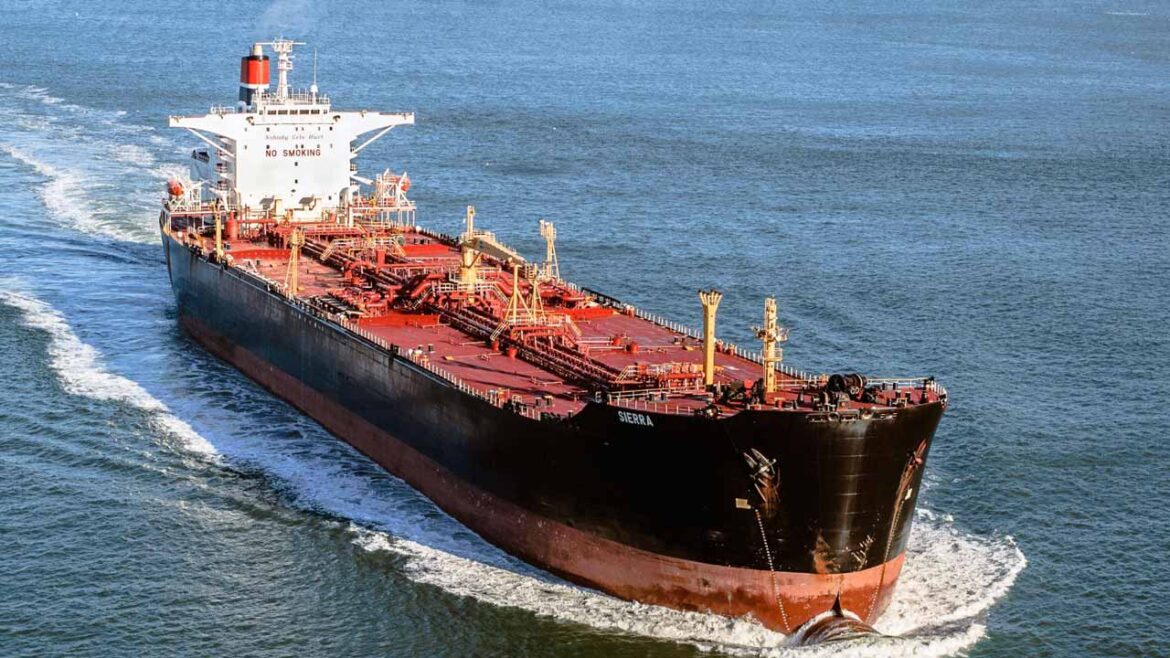Oil prices edged higher on Tuesday as investors took stock of positive demand indicators, while also treading cautiously ahead of an OPEC+ meeting to decide the group’s August output policy. Brent crude was up 18 cents, or 0.3%, to $66.92 a barrel. While U.S. West Texas Intermediate crude was up 27 cents, or around 0.4%, to $65.38 a barrel. The gains were likely due to supportive data from a private-sector survey in China, which showed factory activity returned to expansion in June, said Randall Rothenberg, risk intelligence expert at U.S. oil brokerage Liquidity Energy. Expectations that Saudi Arabia will raise its August crude oil prices for buyers in Asia to a four month high, and firm premiums for Russian ESPO Blend crude oil, were also supporting the notion of robust demand, Rothenberg said.
Meanwhile, oil’s gains were kept in check by expectations that the OPEC+ group will raise its August crude oil output by an amount similar to the outsized hikes agreed in May, June, and July. Four OPEC+ sources told Reuters last week that the group plans to raise out put by 411,000 bpd next month when it meets on July 6. “All eyes will be on OPEC+’s decision over the weekend, when the group is expected to add another 411,000 bpd of production in an effort to gain more market share, primarily over the US shale producers,” StoneX energy analyst Alex Hodes wrote to clients.
Besides gaining market share from U.S. shale producers, which pumped oil at a record pace in April according to official data released on Monday, the group has also been trying to punish overproducing members. OPEC+ member Kazakhstan, one of world’s 10 largest oil producers, raised oil production last month to match an all time high, a source familiar with the data told Reuters on Tuesday.
Saudi Arabia, the de facto leader of the OPEC+ group, raised its June crude oil exports to the fastest rate in a year, data from Kpler showed. “These exports are flooding out even faster than the OPEC+ deal implies during the summer when peak domestic demand typically keeps oil supplies closer to home,” Hodes said. Investors are also watching trade negotiations ahead of U.S. President Donald Trump’s tariff deadline of July 9. U.S. Treasury Secretary Scott Besset warned that countries could be notified of sharply higher tariffs despite good-faith negotiations as that deadline approaches, when tariff rates are scheduled to revert from a temporary 10% level to the ones Trump announced on April 2 and then suspended.
The European Union wants immediate relief from tariffs in key sectors as part of any trade deal with the U.S. due by the July 9 deadline, EU diplomats told Reuters. Morgan Stanley expects Brent futures to retrace to around $60 by early next year, with the market being well supplied and geopolitical risk abating following the de-escalation of the Israel-Iran conflict. It expects an oversupply of 1.3 million bpd in 2026.
Oil rises on signs of strong demand, investors await OPEC+ output decision
previous post

